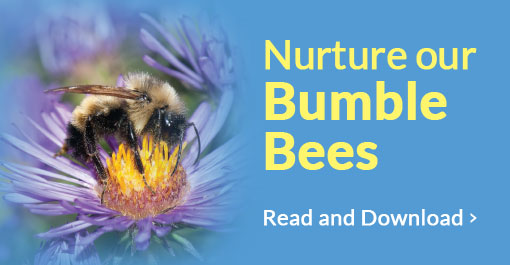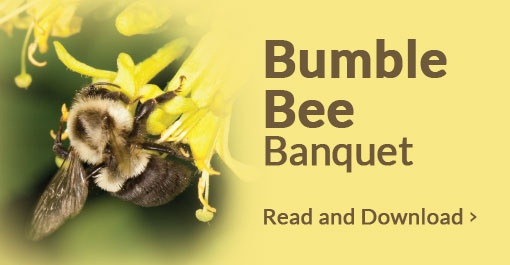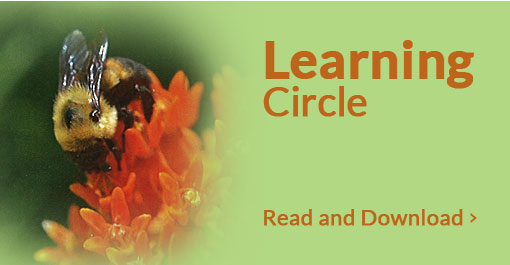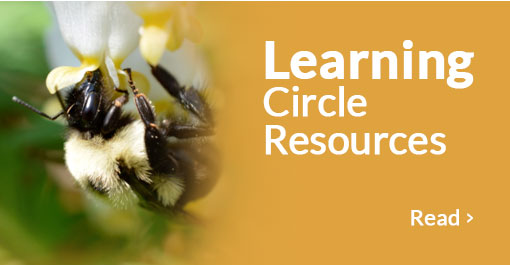Beneficial Insects with Stingers, a Little Guidance
Edith Path a famous entomologist (with Minnesota roots) observed nearly a hundred years ago: “someday the agriculture bureaus will be more concerned with the conservation and preservation of beneficial insect life than they are now with the destruction of injurious insects.” If we understand insects better, we may better appreciate how they contribute our lives.
It is seemingly difficult to appreciate an insect that has the potential to deliver a potentially unpleasant sting. Although, similarities exist, there are many profound differences among related species. Honey bee as the name suggests, convert plant nectar to a very delicious food product- honey. These bees live rather large families in managed hives that can be moved into areas where pollination services are needed.
The honey bees foraging habits make them very useful to orchard and vegetable growers. Foraging habits include ability to fly long distances, communicate with one another and practice floral fidelity i.e. focus on singular flower type—a trait that allows them to pollinate large tracts of monocropped fields or orchards. However, as non-natives they maybe more impacted by cooler weather or diseases.
Wasps occasionally feast on plant food sources, but most often dine on other insects. These bugs are aggressive and will attack other insects. They immobilize and devour their prey for themselves and to feed their young offspring. While it is natural to focus on negative interactions, like upsetting a picnic, we should consider some very positive benefits. For example, the native beetle bandit wasp feasts on the emerald ash borer, a non-native pest that been responsible for destroying millions of ash trees around the country. This bug’s natural appetite saves us immense money over chemical treatments.
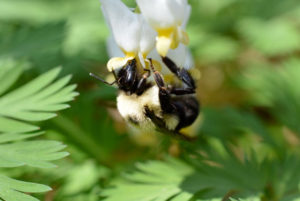 Our family favorites are the native bumble bees. We love them for their immense pollination benefits along with their gentle temperament. A quick recap of Bumble Bee Benefits might include:
Our family favorites are the native bumble bees. We love them for their immense pollination benefits along with their gentle temperament. A quick recap of Bumble Bee Benefits might include:
Size and strength: they are stronger, able to open closed flowers and gather “sticky pollen”. They shake it loose with their flight muscles
Long tongues: they are able to reach pollen that is recessed in deep flower corollas
Hairy bodies: for added warmth and ability to collect clinging pollen which is transferred to related flowers. This cross pollination can dramatically improve the vitality of flowers or fruit yields.
Temperature: ability to work in colder temperatures, early in the spring and early in the day or.
Temperament: they are very gentle, easy to observe and will only sting when their nest is threatened.
Many forest trees and plants owe their existence to bumble bees. For example Dutchman ’s breeches (Dicentra Cucullaria) is often pollinated by a queen bumble bee. Since plants and flowers evolved together, they are a perfect match. The bumble bee can fly in the chilly spring weather when this plants blooms. She is strong enough to pry open the inner hinged petals and a tongue (proboscis) long enough to reach the nectar within the pantaloon blooms.
Edith Patch would probably recommend us to embrace all insect life. However, she would counsel us to use our knowledge to enhance their benefits and work to take prudent actions to preclude the most undesirable features.




